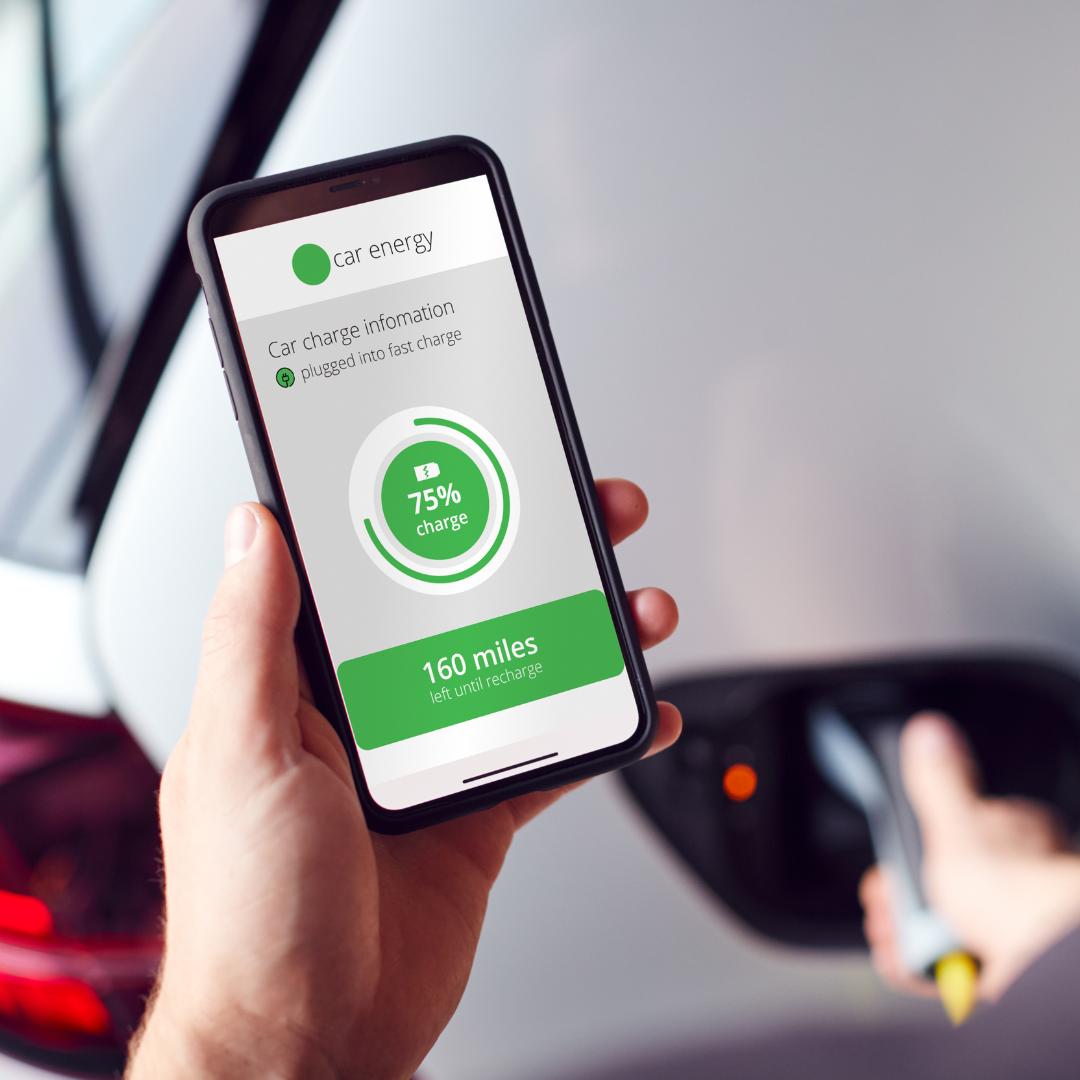
Electric vehicles (EVs) are gaining popularity in Singapore as environmentally friendly transportation options. With the growing number of EVs on the road, understanding the cost of EV charging becomes crucial for EV owners. In this article, we will delve into the various aspects of the costs of EV charging in Singapore, including tariffs, pricing models, and strategies to maximise savings while powering up your electric vehicle.
Tariffs and Pricing Models
When it comes to EV charging in Singapore, there are different tariffs and pricing models in place. The most common pricing structures include flat rates, time-based rates, and demand-based rates. Flat rates offer a fixed price per charging session, regardless of the duration. Time-based rates vary depending on the duration of the charging session, while demand-based rates consider the charging demand at specific times.
Understanding Tariff Components
To better comprehend the cost of EV charging, it’s essential to be familiar with the tariff components. These typically include the cost of electricity, infrastructure costs, and any additional service fees. Electricity costs are calculated based on the kilowatt-hour (kWh) consumed during the charging session, while infrastructure costs cover the maintenance and operation of charging stations.
Factors Influencing EV Charging Costs
Several factors impact the overall cost of EV charging in Singapore. These factors include the charging speed, location of charging stations, and the type of charging station used. Fast charging stations tend to be more expensive than slow charging stations due to their ability to provide a higher charging rate. Additionally, charging at public stations may have different costs than at private stations.
Maximising Savings on EV Charging
To minimise the cost of EV charging, EV owners can adopt certain strategies. Charging during off-peak hours when electricity rates are lower can help reduce costs. Moreover, planning and utilising charging station networks strategically can lead to savings. It includes identifying locations with more affordable charging options and taking advantage of any membership programs or promotions offered by charging service providers.
Government Incentives and Support
The Singapore government has implemented various initiatives to encourage the adoption of EVs and make EV charging more affordable. These initiatives include grants and incentives to offset the cost of purchasing and installing charging infrastructure. Additionally, there are plans to expand the public charging network across the country to ensure convenient access for EV owners.
EV Charging Apps and Platforms
In Singapore, several mobile apps and platforms provide information on available charging stations, their locations, and real-time availability. These apps also provide details on charging tariffs and pricing models, allowing EV owners to make informed decisions about where and when to charge their vehicles.
Balancing Convenience and Cost
While cost is an important consideration, EV owners also value convenience when it comes to charging their vehicles. Finding a balance between cost and convenience is crucial. Choosing charging stations strategically based on your daily routes and considering factors like parking availability and amenities provided at charging locations can enhance the overall charging experience.
Conclusion:
Understanding the cost of EV charging in Singapore empowers EV owners to make informed decisions and optimise their charging experience. By exploring tariffs, pricing models, and strategies to maximise savings, EV owners can power up their vehicles efficiently while contributing to a greener future.
Remember, whether you’re a new EV owner or considering purchasing an electric vehicle, staying informed about EV charging costs and making smart charging choices can positively impact your overall experience.
Are you ready to power up your EV while minimising costs? Stay informed about the latest EV charging options, tariffs, and strategies. Check out myTengah’s website today! Together, let’s drive towards a sustainable future.








